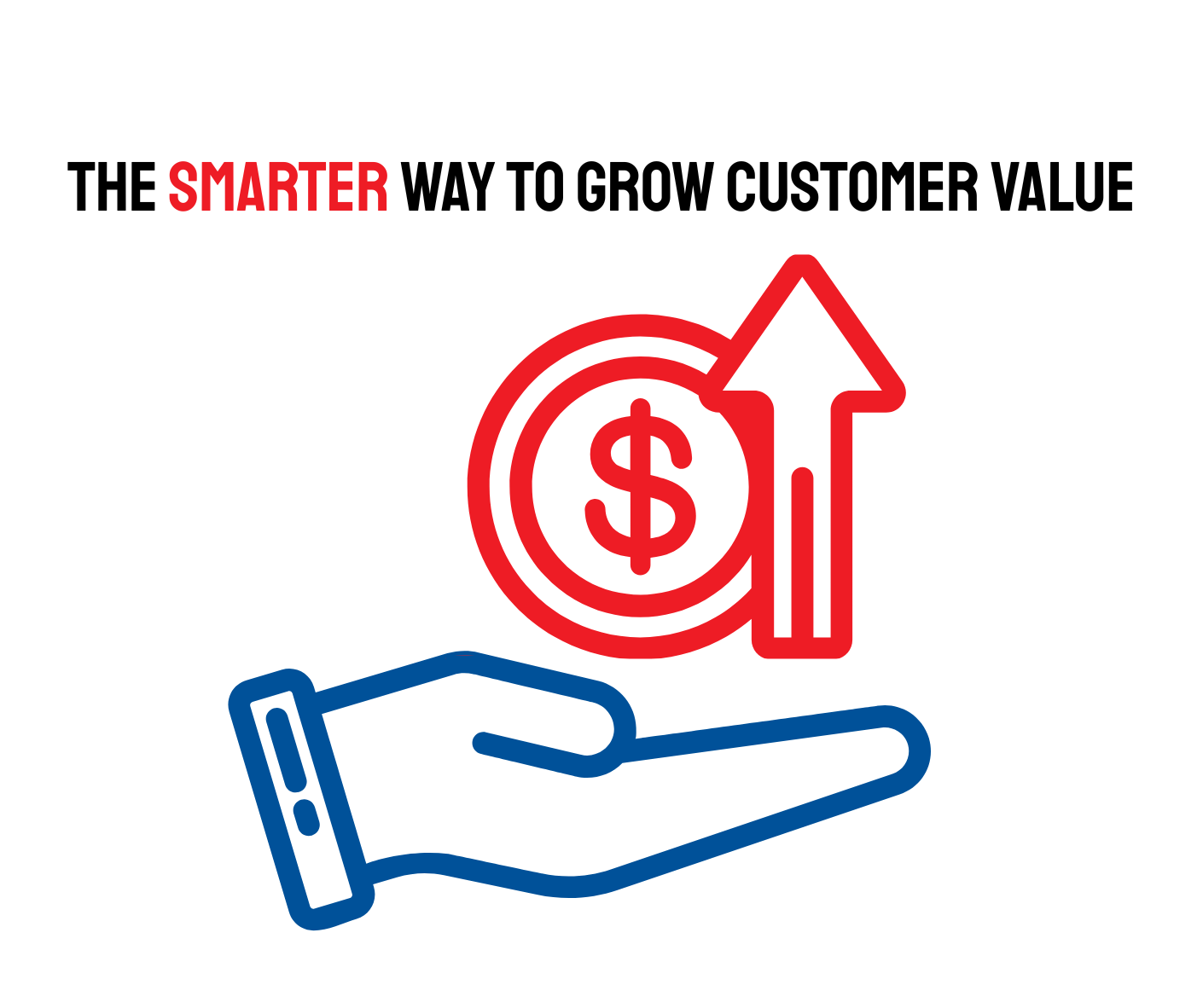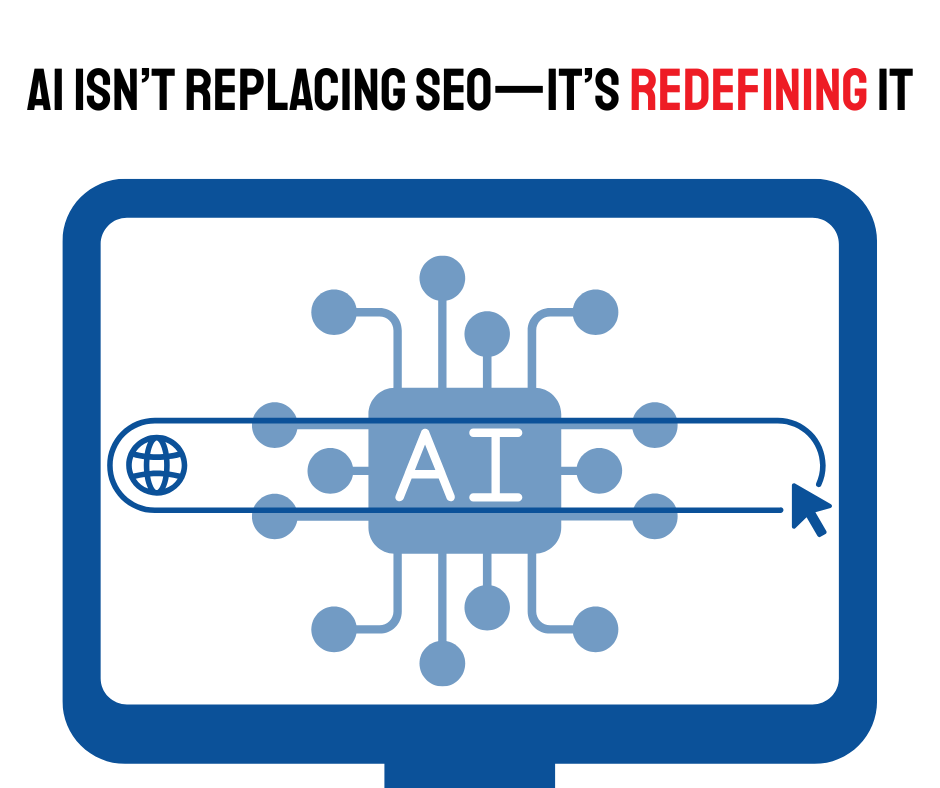Decluttering for Greater Productivity
The new year often brings a renewed focus on fresh starts and improved efficiency. Many of us are wondering how we might earn more, be more productive, and enjoy a better work/life balance. But as you’re committing to goals for the new year, consider that what your business may need is some decluttering. It’s time to channel your inner Marie Kondo and tackle not just physical spaces, but also digital files, outdated processes, and even stagnant strategies.
Just like a cluttered home can lead to stress and lost productivity, a cluttered business environment can hinder growth and innovation.
Here's how you can embrace decluttering for a more successful year:
Tidy the Physical Workspace
This is not a slam on people who enjoy visual chaos (like me), but if you can’t locate the basic things you need, it might be time for a new system.
Consider how you might:
- Clear the clutter: Dispose of or donate old equipment, unused supplies, and stacks of paper.
- Optimize layouts: Reorganize workspaces to improve flow and encourage collaboration or easy access.
- Embrace minimalism: A clean, minimalist aesthetic can reduce distractions and boost focus.
Digital Detox
We’re not suggesting you give up your electronics, but isn’t it time your efficiency tools actually work for you?
You can do this through:
- Organizing digital files: How many times have you not been able to find something in your email or files? Hey, it happens to the best of us. That’s why you need to implement and commit to a clear and consistent file-naming system (preferably something in the Cloud) and archive or delete outdated documents.
- Streamline your inbox: Unsubscribe from unnecessary emails (Gmail and Yahoo make that really easy), utilize filters, and adopt inbox zero practices.
- Update software and hardware: Ensure all technology is up-to-date and functioning optimally.
- Research new options. Pick your slowest day and do some quick YouTube research on efficiency tools or Google plug-ins. You can learn a lot in only a few minutes and there’s likely a way to use tools to streamline your current processes. But if you’re waiting for a golden ticket from these software or app companies, it’s unlikely you’ll get one. Just as you may need to perform continuing education or professional development activities each year, take it upon yourself to keep an eye on tech and the digital world. Speaking of…
Streamline Processes
You can’t make more hours in the day so maximize what you currently have by:
- Identifying bottlenecks: Analyze workflows to pinpoint areas of inefficiency.
- Automate tasks: Utilize technology (like AI or conditional software that helps you create “if, then” pathways) to automate repetitive tasks and free up employee time.
- Eliminate unnecessary meetings: Encourage shorter, more focused meetings with clear agendas. It doesn’t take long to develop a reputation of being a time waster and your employees, vendors, and stakeholders will do everything they can to get out of your meetings. If people opt out, just how effective are the meetings anyway?
Revisit Your Strategy
If you find yourself saying things like, “But it always worked before,” then it might just be time to:
- Reassess goals: Ensure your business goals are still relevant and aligned with your overall vision.
- Eliminate stagnant projects: Don't be afraid to cut your losses on projects that are no longer serving your business. Just because you’ve spent a lot of time, focus, or money on something does not mean you should continue to do so.
- Identify new opportunities: Create space for fresh perspectives and innovative ideas.
Go All In and Foster a Culture of Decluttering
The new year is an ideal time for early spring cleaning. Out with the old, in with the new. After all, if you can’t make room for new opportunities, you’ll be left with the old ones.
- Encouraging employee participation: Provide training and resources to help employees declutter their own workspaces and workflows. Encourage managers to find out what the greatest obstacles to their direct reports’ success are.
- Celebrating successes: Recognize and reward efforts to improve efficiency and productivity.
- Making decluttering a continuous process: Schedule regular decluttering sessions to maintain a clean and organized work environment. Again, remember it’s not all about papers on a desk. There are many ways our work lives get cluttered but all of them eventually lead to breakdowns and inefficiencies.
By embracing these decluttering strategies, you can create a more focused, efficient, and ultimately, more successful business. After all, every garden needs room to grow. Your business does too.
----------
Christina Metcalf is a writer and women’s speaker who believes in the power of story. She works with small businesses, chambers of commerce, and business professionals who want to make an impression and grow a loyal customer/member base. She is the author of The Glinda Principle, rediscovering the magic within.
_______________________________________
Medium: @christinametcalf
Facebook: @tellyourstorygetemtalking
Instagram: @christinametcalfauthor
LinkedIn: @christinagsmith




